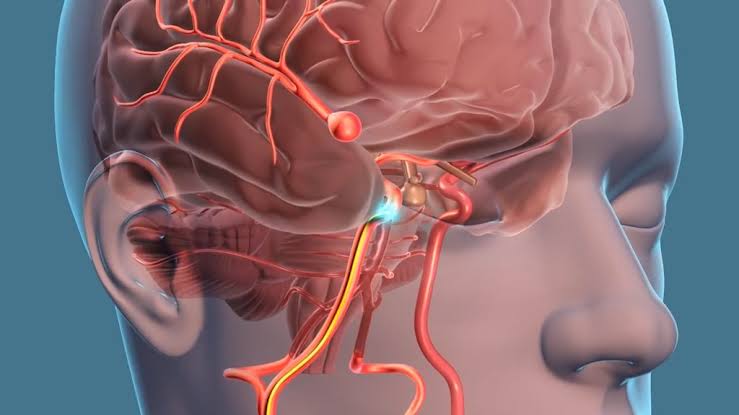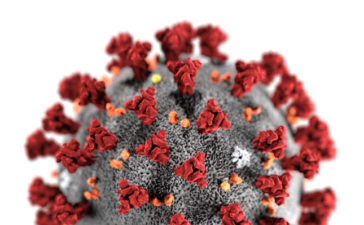In our body, arteries (blood) reach from the heart to all parts of the body. Aneurism is a condition in which the arterial wall becomes weak and inflates like a balloon under high pressure.
When it occurs in an artery of the brain, it is called brain aneurism. Sometimes this pressure becomes so high that the arteries explode and the blood starts coming out.
Every three out of 100 worldwide have the disease. Meaning there is internal bleeding somewhere in his brain, there is more possibility of arterial rupture due to aneurysm in the back part of the brain, most cases of aneurysm instead of frontal part of brain are city scans, MRI or other tests.
Find out while getting it done. Such an artery rupture in the brain leads to brain stroke or hemorrhage.
Know why bleeding occurs (bleeding)
The exact cause of aneurysms is not yet known, but doctors believe it is related to high blood pressure, brain trauma (brain trauma), atherosclerosis (blocked arteries due to cholesterol), or in some cases, hereditary causes. This condition is also responsible for many developmental disorders in the human body.
Symptoms of aneurysms
Only when there is additional pressure in the brain, the aneurysms that are equal are detected. These symptoms can be seen in this condition – blurred vision, eye pain, headache, face pain and difficulty in speaking. Aneurysms are characterized by rapid headaches when the arteries rupture. The neck swings and faints. Usually the symptoms of aneurysms are not easily recognized, so unless there is a stroke, it becomes difficult to diagnose.
According to the National Institute of Neurological Disorders and Stroke, UK, 25% of people lose their lives within the first 24 hours or 6 months due to other complications from arterial rupture due to aneurysms. Those who survive alive have neurological damage and some part of the brain stops functioning.
How to cure this dangerous disease
There are very few treatment options for aneurysms. Endovascular coiling is an idea that instead of opening the skull and performing surgery, a coil is sent to the blood via an artery and applied to the aneurysm from where the blood is flowing. The second measure is surgical clipping. In this, the skull opens and goes to the place of aneurism and the blood is prevented from flowing. The third measure is the use of diverters, whose help protects the artery from bursting.





